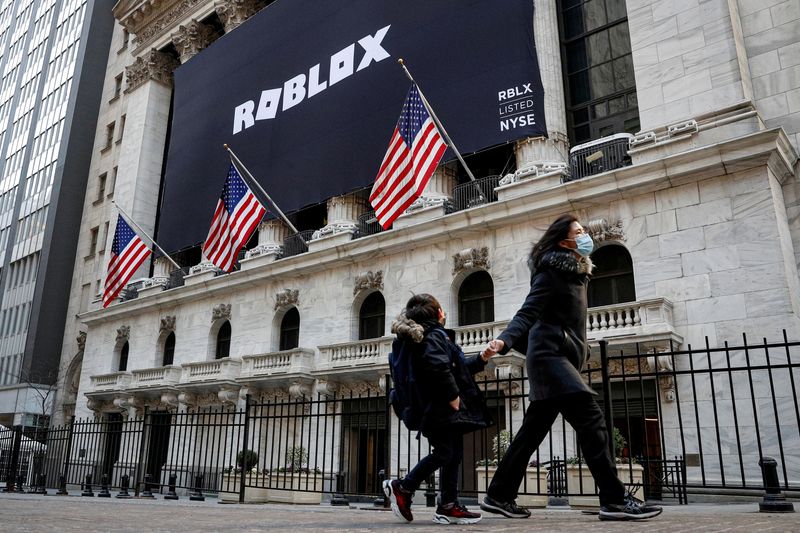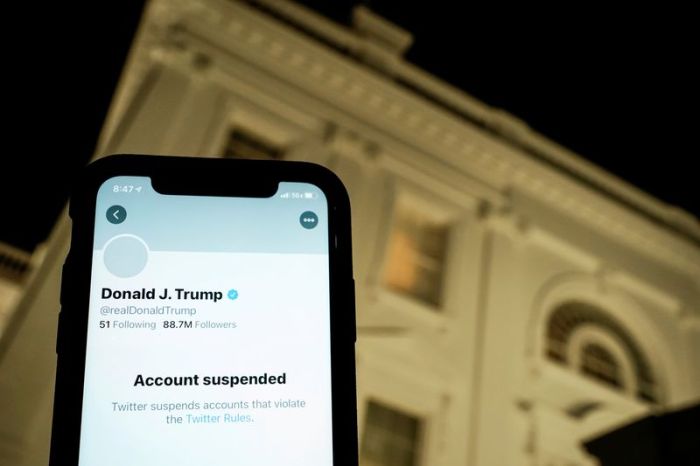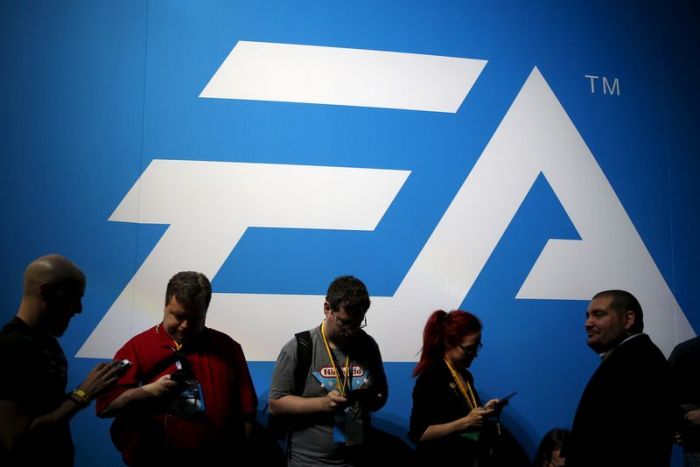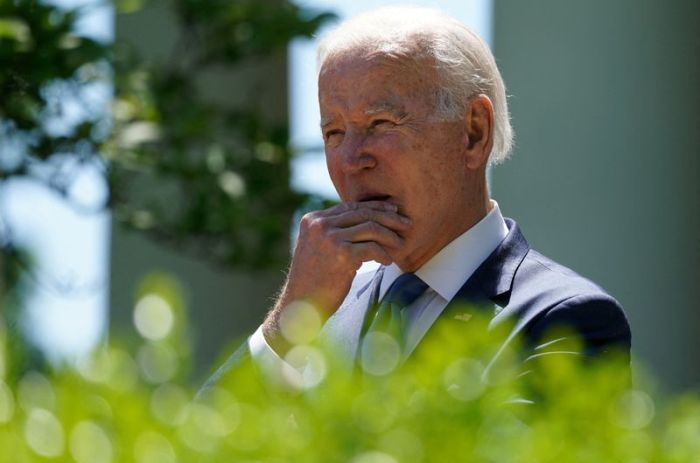(Reuters) -Roblox Corp said it expects net losses to continue for the “foreseeable future”, after higher expenses and a slowdown in demand from pandemic-era highs dragged bookings in the first quarter.
That also pushed the company’s quarterly loss below estimates, sending its shares down 3.8% in extended trading.
Roblox, one of the world’s most popular gaming sites for children, is starting to feel the pinch from easing COVID restrictions that have allowed kids to spend more time outdoors.
“… We expect to continue to report net losses for the foreseeable future even as we anticipate generating net cash from operating activities,” the company said in a letter to shareholders.
In the United States and Canada, it saw a decline in hours spent, although strength in other markets helped overall daily active users grow 28% to 54.1 million in the quarter. Total hours spent on the platform reached 11.8 billion hours, a 22% rise.
To make up for cooling lockdown-led demand, the California-based firm has been doubling down on the “metaverse”, a virtual space where players can do everything from hang out and chat to shopping and attending concerts.
Roblox, one of the first companies to focus on the metaverse, said investments in developing its platform sent total cost and expenses up about 32% in the quarter.
First-quarter bookings fell 3% to $631.2 million, while analysts had expected $645.3 million, according to IBES data from Refinitiv.
The company generates most of its bookings from its virtual currency “Robux”, which players can purchase with real money to spend in-game on upgrading their avatars with items like outfits, accessories and pets.
On an adjusted basis, Roblox lost 27 cents per share in the quarter ended March 31, higher than estimates of 21 cents.
(Reporting by Richard Rohan Francis in Bengaluru; Editing by Devika Syamnath)

























